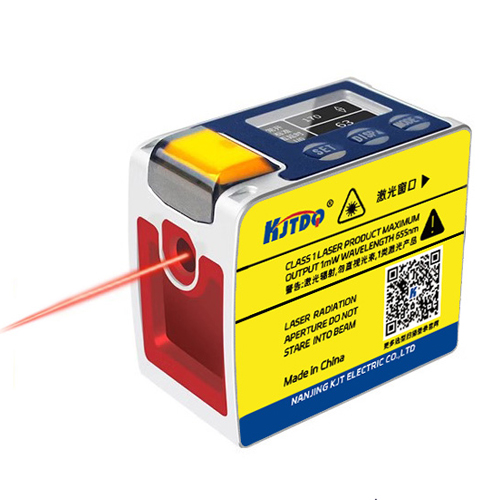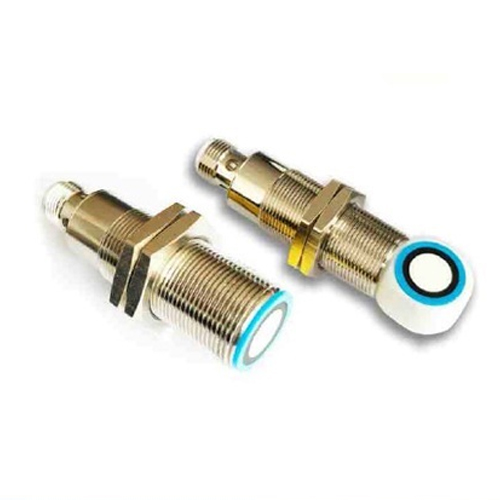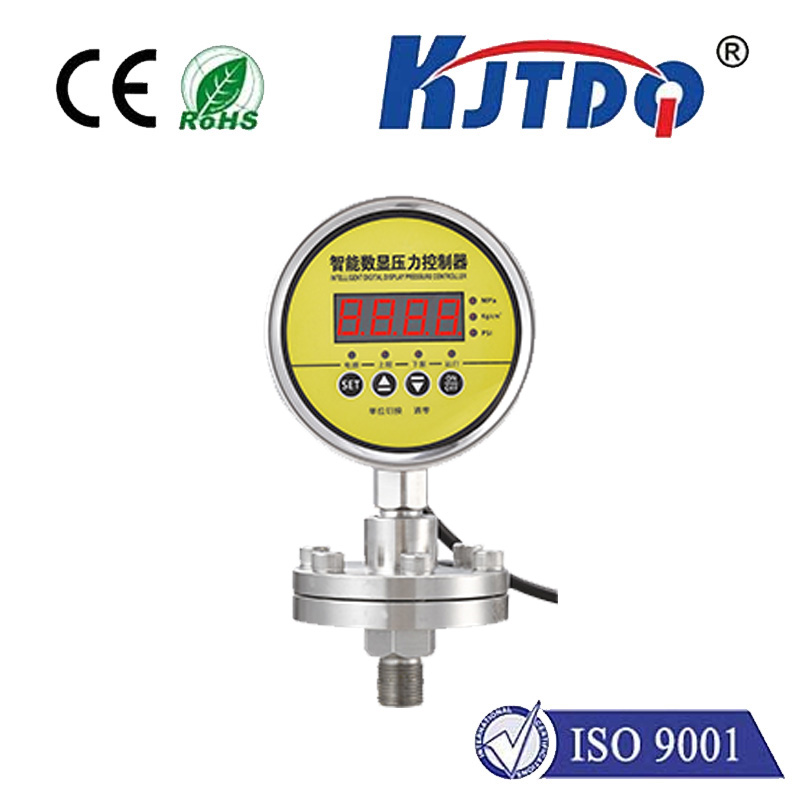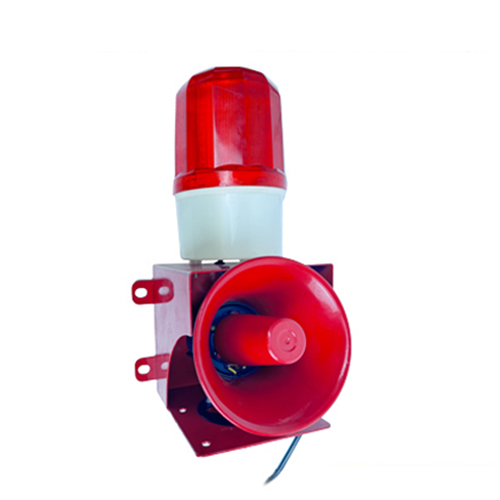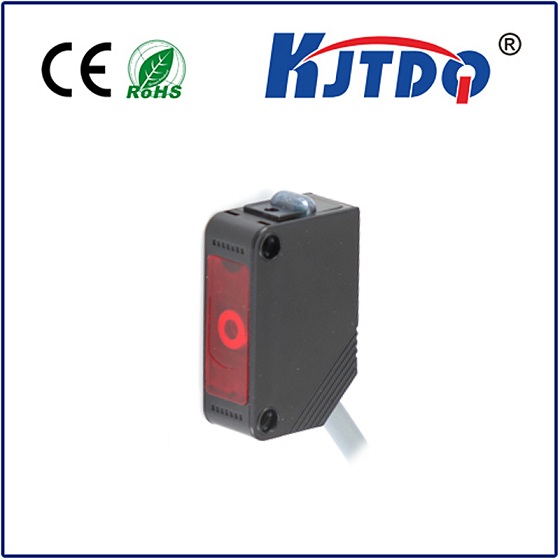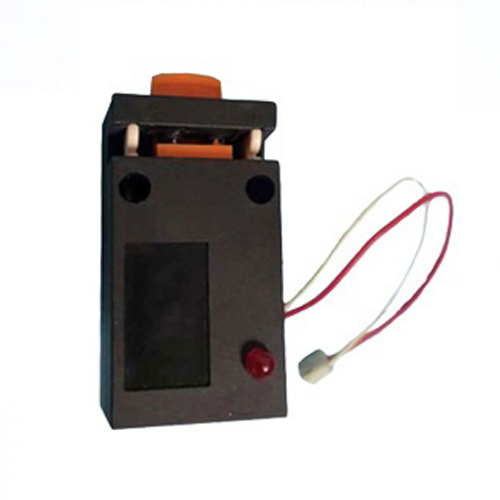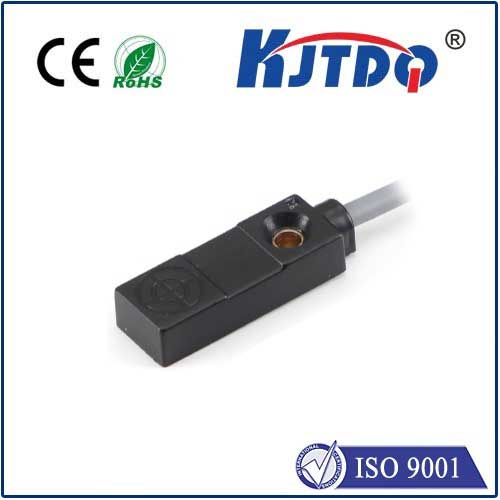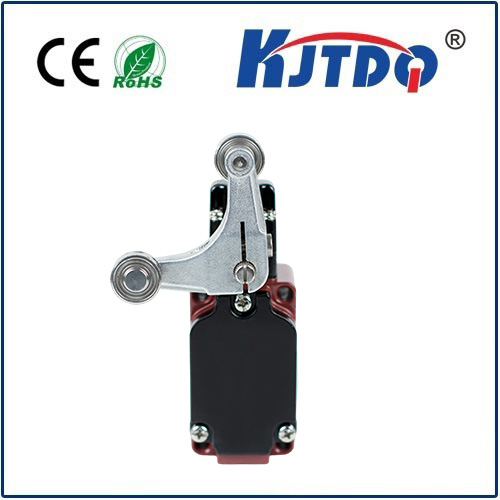электрооптический датчик
- time:2025-07-26 01:57:26
- Нажмите:0
Electric Photo Sensors: The Invisible Light Detectors Powering Automation
How many times today has light triggered an action you barely noticed? That automatic door whooshing open at the supermarket? The conveyor belt stopping because a box is misaligned? Your phone screen dimming in bright sunlight? Behind countless moments of seamless interaction and safety in our tech-driven world lies a fundamental component: the электрооптический датчик. Often unsung heroes, these devices are the critical link between the physical phenomenon of light and the electrical signals that drive modern systems.
Understanding Electric Photo Sensors: The Light-to-Electricity Bridge
At its core, an электрооптический датчик, also widely known as a photodetector or photosensor, is a device that converts incoming light (photons) into an electrical signal. This conversion is fundamentally based on the photoelectric effect, where photons striking a photosensitive material impart enough energy to liberate electrons, generating a measurable electrical current or altering electrical resistance or voltage. This output signal becomes the actionable data for electronic circuits.
Unlike complex imaging sensors (like those in cameras), photo sensors primarily focus on detecting the presence, absence, intensity, color (wavelength), or position of light itself. They are the essential “eyes” for machines, providing critical binary (on/off) or analog (proportional) information based on light conditions.
Core Working Principles: Harnessing the Photon

The magic happens within the photosensor’s active element. Several key physical effects underpin their operation:
- Photovoltaic Effect: Found in photodiodes and solar cells. Incident light creates electron-hole pairs within a semiconductor junction (like silicon), generating a voltage directly across the device without needing an external bias. The generated voltage or current is proportional to light intensity.
- Photoconductive Effect: Utilized by photoresistors (LDRs - Light Dependent Resistors). Light striking a semiconductor material lowers its electrical resistance. More light leads to higher conductivity. These typically require an external circuit with a voltage supply to measure the change in resistance.
- Photoemissive Effect: Found in photomultiplier tubes (PMTs) and some specialized vacuum tubes. Photons striking a photosensitive cathode eject electrons via the external photoelectric effect. These free electrons are then multiplied through secondary emission stages (dynodes), resulting in a large output current pulse even from very low light levels.
Modern solid-state sensors, particularly photodiodes and phototransistors, dominate due to their small size, ruggedness, low cost, and reliability.
Key Types and Their Roles in Sensing
Understanding the different categories of electric photo sensors is crucial for selecting the right one:
- Photodiodes: Highly responsive and fast, used for precise light measurement, optical communication receivers, and as the core element in more complex sensors. They generate a small current proportional to light intensity.
- Phototransistors: Essentially a photodiode coupled with an internal transistor amplifier. They offer higher output current than basic photodiodes, making them robust choices for simpler detection tasks like object presence/absence (e.g., slot sensors). Slower response than pure photodiodes but easier to interface.
- Photoresistors (LDRs): Change resistance with light intensity. Simple, inexpensive, and excellent for broad-spectrum light level detection applications like daylight harvesting in lighting control or basic dark/light switching. Relatively slow response.
- Photovoltaic Cells (Solar Cells): Specialized for converting light energy into electrical power. While primarily for energy generation, the principle is identical to the photovoltaic effect in sensors.
Beyond Basic Detection: Specific Applications Shine
The versatility of photo sensor technology drives its integration across countless industries:
- Промышленная автоматизация: The backbone of object detection and positioning. Count bottles on a line, detect missing caps, trigger robotic arms, ensure parts are present before machining, and control automatic doors. They enable precision control in manufacturing.
- Safety & Security: Form the invisible beams in intrusion detection systems. Used in safety light curtains protecting workers from dangerous machinery, and smoke detectors (often using IR sensors).
- Consumer Electronics: Ambient light sensors automatically adjust smartphone/tablet screen brightness and keyboard backlighting. IR sensors control TVs and appliances via remote controls. Optical encoders track mouse movements and motor speed.
- Automotive: Enable rain-sensing wipers, automatic headlight control based on ambient light, and position sensing in various systems. Critical for ADAS (Advanced Driver Assistance Systems).
- Packaging & Material Handling: Detect labels, verify fill levels, sort objects by color or reflectivity, and ensure package integrity using through-beam or reflective sensors.
- Medical Devices: Used in pulse oximeters to measure blood oxygen saturation through light absorption, and in various analytical instruments.
- Воздушно - космические и Оборона: Employed in altimeters, targeting systems, missile guidance (seeking IR sources), and star trackers for navigation.
Choosing the Right Electric Photo Sensor: Key Considerations
Selecting the optimal photodetector involves matching its characteristics to the application’s demands:
- Light Type & Wavelength: Does the sensor need to detect visible light, infrared (IR), or ultraviolet (UV)? Ensure the device’s spectral response matches the source (e.g., IR LED source paired with an IR-sensitive phototransistor).
- Sensitivity & Range: What intensity levels need detection? From low-light astronomy to bright industrial settings, sensor sensitivity (e.g., measured in lux for visible light) is crucial.
- Response Time/Speed: How quickly must the sensor react to changes in light? High-speed communication needs nanoseconds (photodiodes), while basic presence detection may tolerate milliseconds (phototransistors, LDRs).
- Output Type: Does the application require a simple switch (digital on/off), a proportional analog signal (voltage/current proportional to light), or a digital pulse? Phototransistors often provide digital outputs easily, while photodiodes offer higher fidelity analog signals.
- Environment: Consider ambient light interference, temperature extremes, dirt, dust, humidity, and potential chemical exposure. Ruggedized housings and specific lens optics (e.g., for long-range detection) are available.
- Physical Size & Form Factor: Space constraints often dictate the package size and sensing configuration (e.g., through-beam emitter/receiver pair vs. compact reflective sensor).
The Future Landscape: Smarter, More Integrated Sensing
Light sensing technology continues to evolve. Trends include:
- Miniaturization: Sensors shrinking to fit into ever-smaller wearables and IoT devices.
- Enhanced Specificity: Improved filtering for specific wavelengths and immunity to ambient light noise.
- Integration: Combining photodiodes with signal conditioning, amplification, and even digital interfaces (like I2C or SPI) on a single chip, creating smart optical sensors.
- New Materials: Exploration of materials like graphene and perovskites promises higher sensitivities and novel spectral capabilities.
- AI & Machine Learning: Sensor data integrated with AI algorithms enables more complex environmental understanding and predictive maintenance in industrial contexts.
From ensuring your safety near machinery to optimizing your phone’s battery life, electric photo sensors are the silent, essential translators between the world of light and the world of electrons. Their ability to reliably and efficiently convert photons into actionable signals makes them indispensable building blocks in the foundation of modern automation, electronics, and intelligent systems. Choosing the right one unlocks a vast potential for innovation and enhanced functionality across virtually every technical field.

